To find the best place to stay in Tokyo, let’s first understand the city. Tokyo, Japan’s capital, combines city life with cultural diversity. It is made up of 62 areas, including 26 cities, 23 wards, 5 towns, and 8 villages. Each area contributes to the city’s unique mix of modernity and tradition.
The 23 wards, including Shibuya, Shinjuku, and Chiyoda, are the main areas of the city. They contain a mix of shopping, homes, and historic sites. Each ward has its own unique atmosphere, featuring busy shopping streets, calm parks, and lively nightlife.
When you explore different cities, you see interesting places to visit, which are a mix of old and new. Tall skyscrapers and bright lights fill the skyline, while ancient temples offer quiet spots to escape the busy city. Parks provide green spaces where both locals and visitors can relax and enjoy nature.
Moreover, Tokyo has a large public transportation system that makes it easy for people to get around the city. This helps both residents and visitors explore its many attractions. Many experiences await you to explore.
But remember- Tokyo is very expensive. If you stay far from the attractions, you will spend more money and time. It’s best to book your accommodation near a station.
Tip: If you are visiting Osaka and don’t know where to stay, check out our recommendations on the best areas to stay in Osaka.
Shinjuku
If you’re looking for a place in Tokyo that has almost everything, like city buzz, shopping, nightlife, and culture, Shinjuku is where you should be. It’s one of Tokyo’s 23 special wards and easily one of the most popular areas in the city.
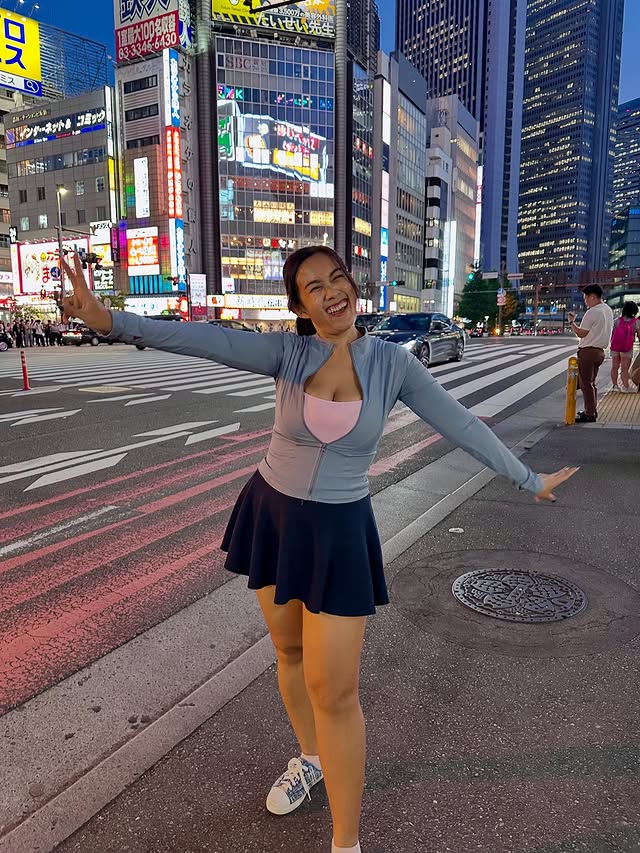
So, now, if you question what Shinjuku is famous for? Well, it’s got the busiest train station in the world, endless skyscrapers, massive department stores, and more ramen joints than you can count. Basically, it never sleeps!
Apart from Shinjuku being a vibrant city, it is also known for its nightlife. Yes, Kabukicho (a part of Shinjuku) is known for its nightlife and adult entertainment. But it’s also filled with restaurants, arcades, and quirky bars, which tourists love. It’s a lively and tourist-friendly city.
So, looking at all these aspects, you can conclude that Shinjuku is a good place to stay. Totally, it’s central, super-connected by train, and has everything you’d want within walking distance. Whether you’re in Tokyo for a few nights or a whole week, Shinjuku just makes sense.
Top Places to Check Out:
- Shinjuku Gyoen (huge park with lawn, walking paths, and a calm environment)
- Tokyo Metropolitan Government Building (special wards, villages, and towns are governed by it)
- Kabukicho (entertainment hub with bars, pubs, clubs)
- Omoide Yokocho Memory Lane (great for street food and drinks)
- Samurai Museum (you can wear costumes and do sword fighting)
Where to Stay For:
- Convenience: Around Shinjuku Station or the western side for a quieter vibe.
- Nightlife & buzz: Stay in the Kabukicho district.
- Upscale experience: Choose hotels near Shinjuku Gyoen National Garden or in Nishi-Shinjuku.
Shibuya
If Tokyo had a face, it would probably be Shibuya. It is that part of Tokyo where everything feels alive. It’s renowned for its world-famous Shibuya Crossing, vibrant shopping streets, bold youth fashion, and trendy atmosphere throughout. If you want to see modern Tokyo in motion, this is where you go.
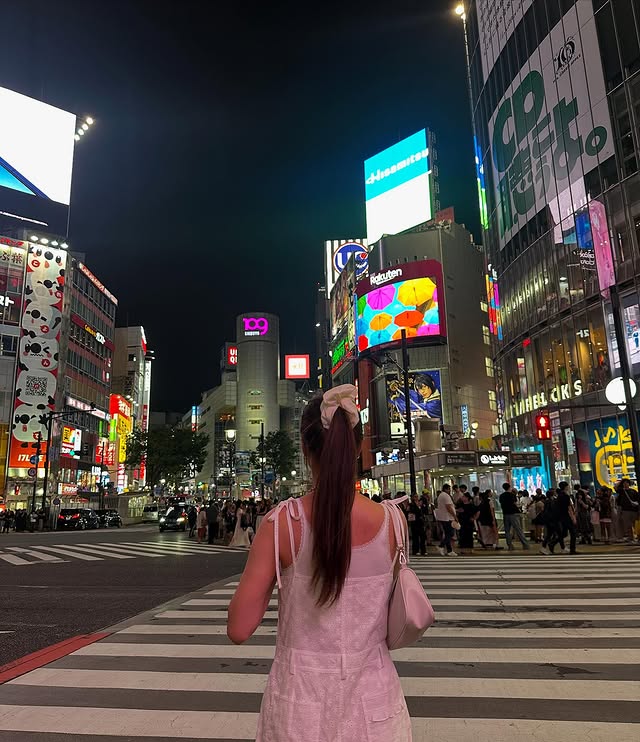
More than this stylish vibe Shibuya is so famous for, that massive zebra crossing you’ve seen in every Tokyo travel video. Yep, that’s Shibuya Crossing. It’s also a top spot for fashion lovers, music fans, and foodies. From big brands to indie shops, you’ll find it all here.
Anime fans will recognise Shibuya from anime as the setting for several popular series like Tokyo Ghoul, Jujutsu Kaisen, and Digimon. If you watch anime, you’ve definitely seen Shibuya as a neon-lit, fast-paced city, full of action- and honestly, that’s pretty accurate.
Shibuya is also popular at night. Whether you want to bar-hop, dance all night, or just enjoy city lights, Shibuya doesn’t slow down when the sun sets. The area’s packed with izakayas, clubs, karaoke bars, and late-night cafes.
Attractions to Visit in Shibuya:
- Shibuya Crossing (the most famous intersection shown in movies)
- Hachiko Statue (a tribute to a pet dog for its loyalty)
- Shibuya Sky (rooftop views worth the hype)
- Centre Gai (pedestrian street for food, fashion, and photos)
- Yoyogi Park (a beautiful park with a water body and cherry blossom trees)
- Meiji Shrine (Shinto shrine)
Where to Stay in Shibuya for:
- Quick access: Near Shibuya Station
- Nightlife: Around Centre Gai or Dogenzaka
- Peace with style: Stay near Yoyogi Park or Shibuya Scramble Square
Roppongi
The city of Roppongi is famous for its sleek skyscrapers, neon nights, and an art museum right next to a cocktail bar. It is Tokyo’s go-to destination for nightlife, complemented by modern art and luxury living. It’s where expats, creatives, and party people all hang out.
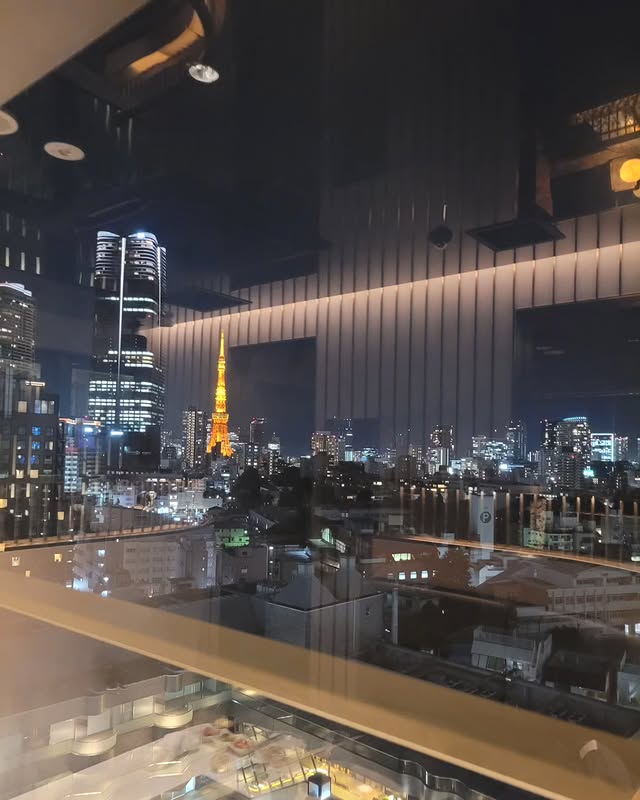
Now, you can give a guess as to why Roppongi is expensive because it’s polished. You’re paying for that mix of high-end living, designer boutiques, rooftop bars, and posh residences. It’s Tokyo with a tailored suit on.
If you wonder if Roppongi is a popular nightlife spot. Oh, 100%. If you’re in Tokyo and want to dance till 3 AM, Roppongi is that stage. From international clubs to basement jazz bars, the energy here is next level.
Roppongi can be an interesting place for families to explore, as it offers a vibrant atmosphere and exciting nightlife. While it may have more adult-oriented activities, families can still enjoy the unique experiences the area has to offer. However, there are other neighbourhoods that might be better suited for those travelling with kids.
But remember, Roppongi is safe for tourists. Just skip the overly pushy club promoters and you’ll be fine. Stick to the main areas-they’re well-lit and patrolled.
Attractions to Visit in Roppongi:
- Mori Art Museum (contemporary art fix)
- Roppongi Hills (visit for high-end shopping and views)
- Tokyo Midtown (sleek dining + galleries)
- National Art Centre Tokyo (incredible exhibitions)
- Rooftop lounges (chill with a skyline)
- 21_21 Design Sight (design-focused exhibitions)
Where to Stay in Roppongi for:
- Posh vibes: Around Tokyo Midtown
- Clubbing: Close to Gaien Higashi Dori
- Quiet luxury: Near Azabu-Juban
Tokyo Station
If you want to be super-connected while enjoying some old-world charm, Tokyo Station is the sweet spot. It’s not just a train station-it’s a whole experience. The grand red-brick architecture on the outside and a maze of shops, gourmet eats, and bullet trains on the inside attract the tourists.
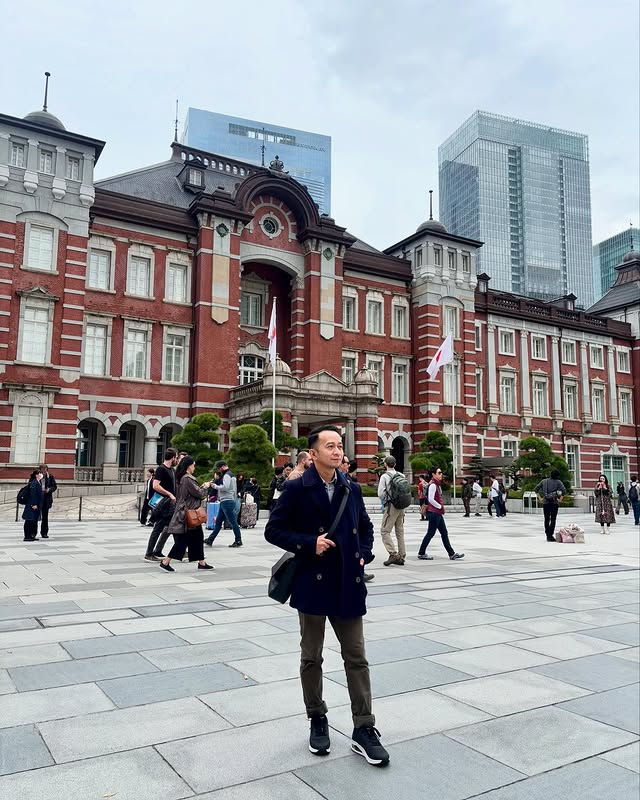
Tokyo Station is 100% a good place to stay in Tokyo. If you’re planning day trips (Kyoto or Mt. Fuji!), staying near Tokyo Station makes things easy. Kyoto has many great places to visit. So, Tokyo Station is a central, well-connected base- especially for first-timers or business travellers.
Also note, if you are planning to visit Kyoto, plan the best area to stay prior and the best things to do there.
It’s a busy neighbourhood. You’ll find everything here: underground malls, elegant hotels, bento counters, and even art galleries. Plus, the station building itself? Absolutely photo-worthy.
Attractions to Visit in Tokyo Station:
- Tokyo Station Marunouchi Building (iconic European-style facade)
- Tokyo Character Street (for anime, merch, and all things cute)
- KITTE Marunouchi (stylish shopping and rooftop garden)
- Imperial Palace (the emperor’s heritage home)
- Gyoko-dori Avenue (for royal view and walk)
Where to Stay in Tokyo Station for:
- Quick transit: Stay inside or right next to Tokyo Station (yes, really)
- Luxe stay: Check out hotels in the Marunouchi business district.
- Quieter vibe: Look just across in Yaesu or nearby Nihonbashi.
Ginza
“Ginza” literally means “silver mint”, dating back to the Edo era when the area housed a silver coin mint.
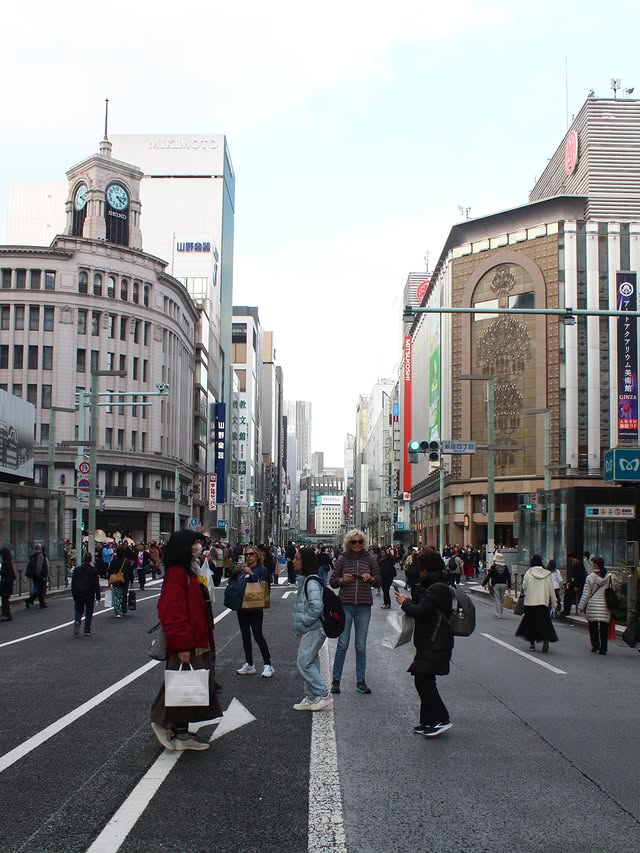
Ginza is where Tokyo gets all dressed up. High-end shopping, shiny streets, art galleries, and cafés that serve desserts too pretty to eat increase the beauty. If you’re into polished vibes and window-shopping dreams, this is the right place.
Oh yes. Ginza is one of Tokyo’s most luxurious neighbourhoods, which makes it an expensive area. You’ll find designer stores, posh restaurants, and glossy buildings at every turn. It’s a fancy, walkable, and welcoming area.
Ginza is famous for upscale shopping, historic department stores (hello, Mitsukoshi and Wako), and wide, clean boulevards that feel straight out of a movie. Fashion, food, and design lovers will feel right at home here.
This area is worth visiting in Tokyo, and I will tell you why. Even if you’re not splurging, Ginza is a vibe. Weekend afternoons are the best- when the streets are closed to traffic and turn into a pedestrian place. Perfect for walking, snacking, and people-watching.
Attractions to Visit in Ginza:
- Ginza Six (a luxury shopping complex with a rooftop garden)
- Wako Department Store (departmental shop)
- Kabuki-za Theatre (a traditional theatre to watch kabuki performances)
- Itoya (popular stationery store)
- Namiki Dori (shopping and dining street, perfect for walks)
Where to Stay in Ginza for:
- Upscale comfort: Stay along Chuo-dori
- Easy access: Look near Higashi-Ginza Station
- Peace with charm: Try side streets off Namiki Dori
Asakusa
Asakusa is a part of Tokyo where time seems to slow down a little. It’s charming, full of tradition, and gives you a taste of Edo-era Japan, with just the right amount of street food and souvenir stalls to keep things fun. You can buy souvenirs to gift to your loved ones.
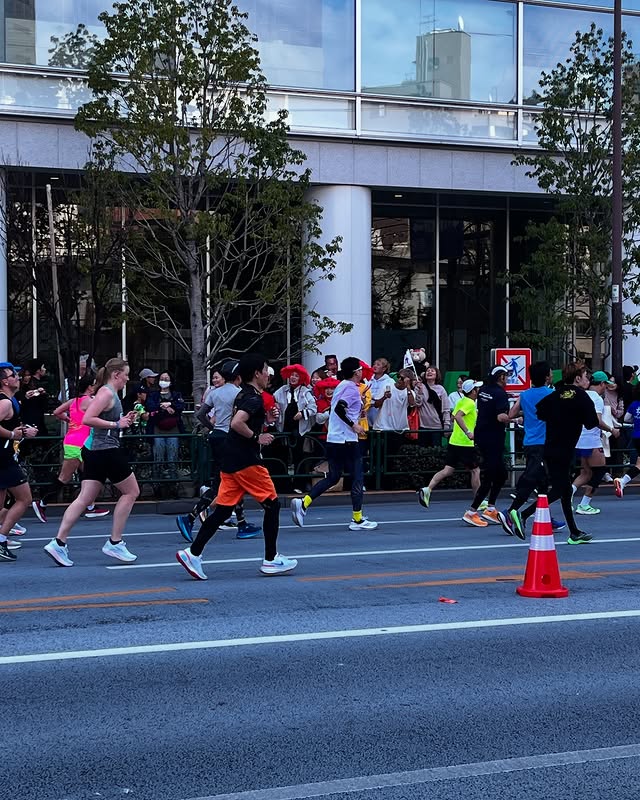
The word “Asakusa” roughly translates to “shallow grass”, referring to the area’s landscape in the past. Pretty poetic for a place full of cultural depth, right?
Asakusa is best known for Senso-ji Temple, Tokyo’s oldest and most iconic temple. It’s also home to Nakamise Street, packed with traditional snacks, crafts, and that buzzing festival vibe all year round.
Attractions to Visit in Asakusa:
- Senso-ji Temple (the landmark or spiritual heart of Tokyo)
- Kaminarimon Gate (an iconic giant red lantern)
- Nakamise Shopping Street (snack central)
- Sumida River Cruise (scenic views on water)
- Asakusa Hanayashiki (Japan’s oldest amusement park)
Where to Stay in Asakusa for:
- Temple views: Look near Senso-ji or Kaminarimon
- Budget-friendly stays: Check the streets around Tawaramachi Station
- Peaceful vibes: Try riverside hotels facing the Sumida River
Ebisu
Ebisu is one of those Tokyo areas that doesn’t try too hard- and still totally wins. It’s relaxed, a little stylish, and full of hidden gems. Think grown-up Shibuya, but without the chaos. Perfect for food lovers, café hoppers, and anyone who enjoys Tokyo at a slower, more polished pace.
This place is best known for the Yebisu Beer brand (yep, the area’s named after the beer!). It’s also famous for Ebisu Garden Place, which blends modern architecture, fine dining, and quiet charm all in one space. And don’t sleep on the food scene- it’s top-tier.
If you are wondering if Ebisu is a good place to live? Absolutely. Ebisu is often rated as one of the most livable areas in Tokyo. It’s clean, well-connected, not overly touristy, and has just the right mix of city buzz and residential calm.
Attractions to Visit in Ebisu:
- Ebisu Garden Place (a stylish complex with restaurants and city views)
Yebisu Beer Museum (sip while you learn) - Tokyo Photographic Art Museum (for the artsy side of you)
- Cute alleyways full of izakayas and local cafés
Where to Stay in Ebisu for:
- Easy access: Near Ebisu Station
- Posh stay: Inside or around Ebisu Garden Place
- Cosy, local feel: Try hidden stays near Daikanyama or Hiroo
Conclusion
Tokyo is one of the best places to visit in Japan. It is not just a city; it is made up of many different communities. Each community adds its own unique character to the city. The mix of modern and traditional influences makes Tokyo an exciting place to visit and a lively place to live.
In contrast, Tokyo’s smaller towns and villages offer a look at a quieter life. For example, Yanaka Village has charming streets that show a rich history and strong community. You can find traditional wooden houses, local artisans, and quaint shops there.
Prepare your Japan visa and itinerary; we are just a call away for assistance.
Frequently Asked Questions on the Best Place to Stay in Tokyo
What is the best area to stay in Tokyo for first-timers?
Shinjuku is perfect for first-time visitors. It’s well-connected, has tons of restaurants, shopping, nightlife, and easy access to tourist attractions.
Where should I stay in Tokyo for nightlife?
Roppongi and Shibuya are top picks for nightlife lovers, offering clubs, bars, and a youthful vibe late into the night.
What’s the most budget-friendly area to stay in Tokyo?
Asakusa and Ueno are great for budget travellers. They offer affordable hotels, traditional vibes, and easy train access.
Which area is best for luxury hotels in Tokyo?
Ginza and Marunouchi are home to many hgh-end hotels, designer stores, and fine dining, ideal for a luxury stay.
Where to stay in Tokyo for shopping?
Shibuya and Ginza are top shopping hubs, from trendy youth fashion to high-end boutiques.
Is staying near Narita or Haneda airport convenient?
Not really, unless your flight is early or late, it’s better to stay in central Tokyo, like Shinjuku, Ueno, or Tokyo Station, for convenience.